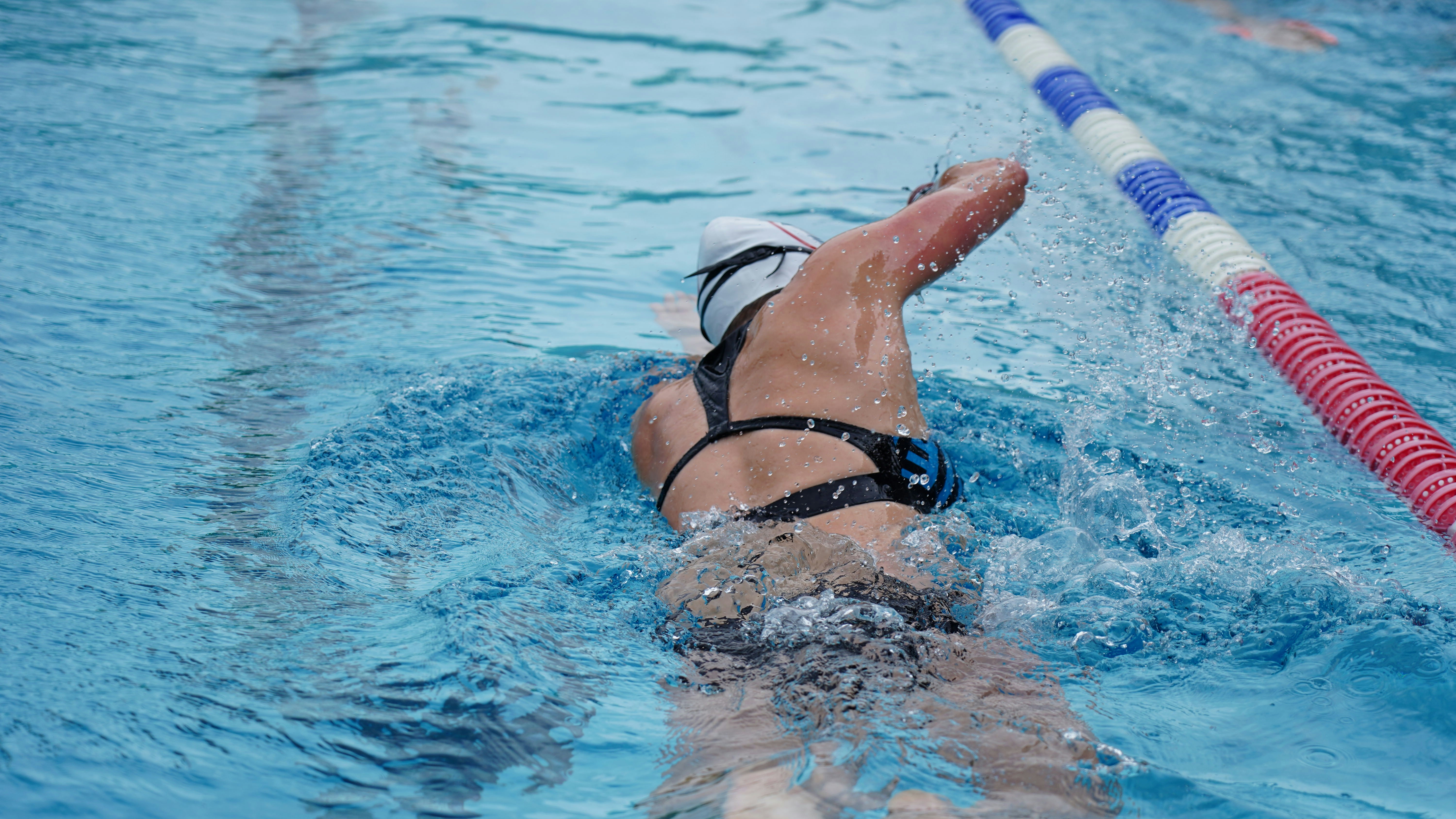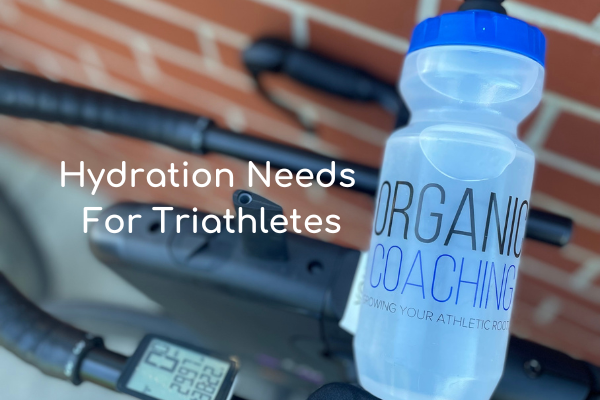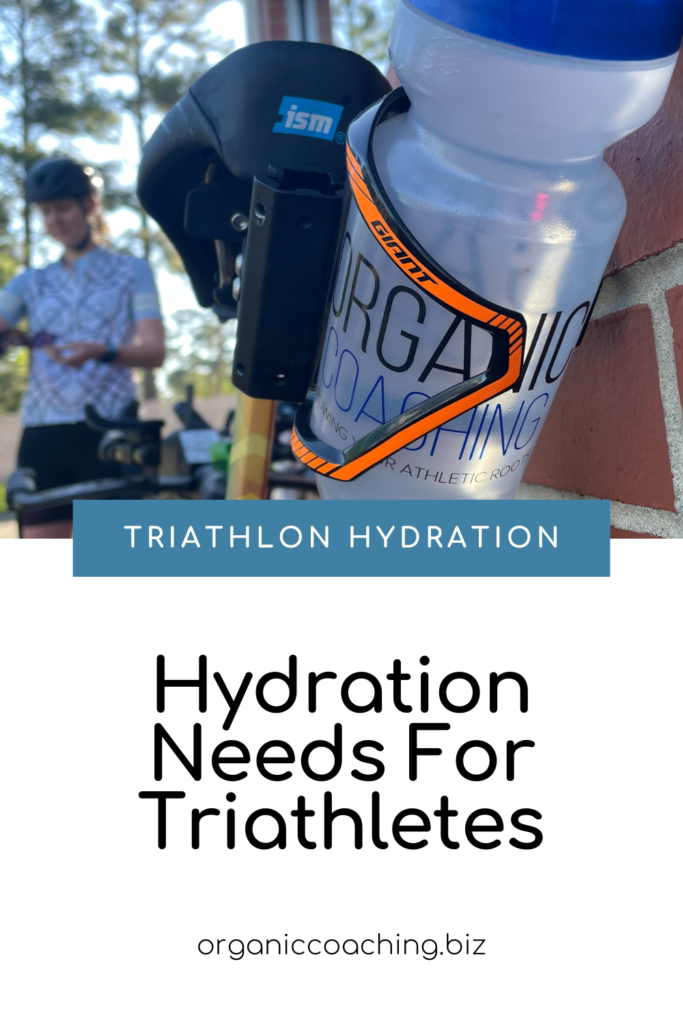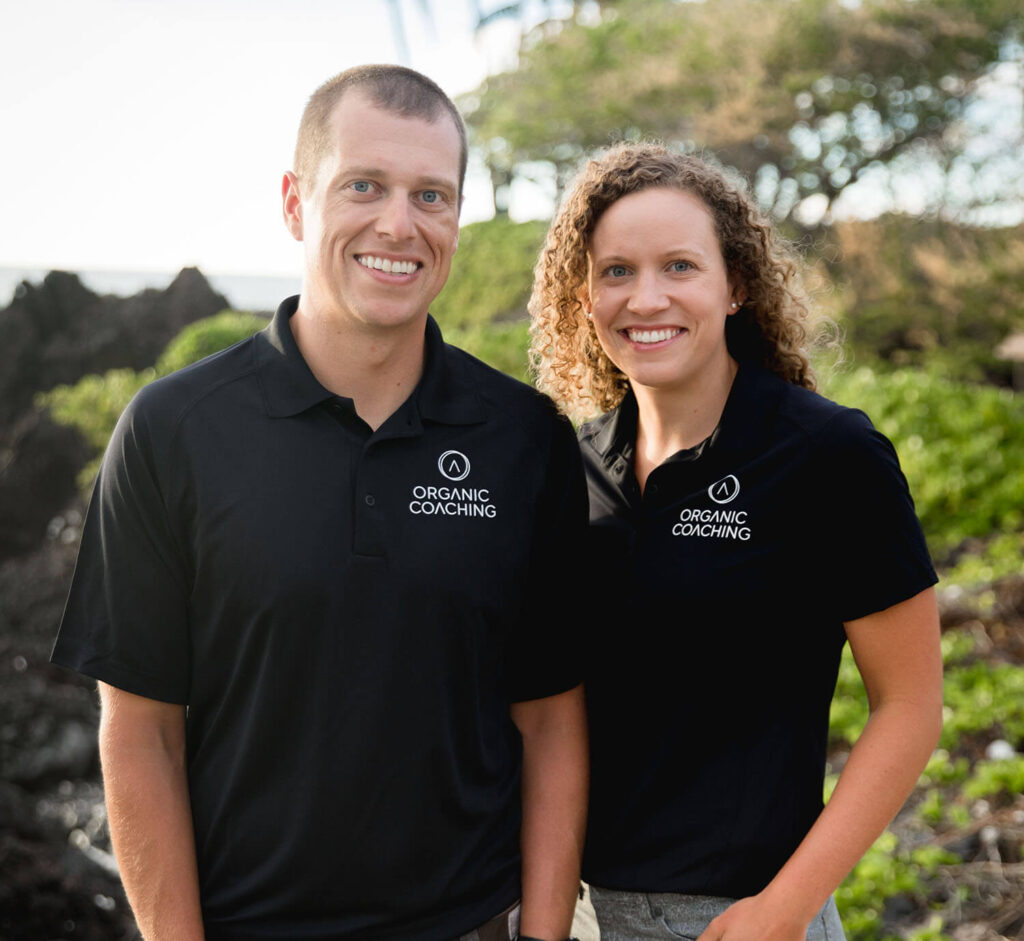

Did you know that many triathletes actually start their training sessions or races dehydrated?
Research has shown being dehydrated by as little as 2 percent of your body weight increases your perceived rate of exertion (mental and physical fatigue), elevates the risk of muscle cramping, increases the risk of gastrointestinal (GI) distress, and decreases heat tolerance. By nourishing and hydrating your body you can improve the outcomes of all of these symptoms, which makes your training sessions and race day much more enjoyable.
The best way to tell if you are dehydrated is by checking the color of your urine as well as the volume. Your urine should be a pale yellow or the color of lemonade. If your urine is dark yellow and you are not making much of it, you are likely dehydrated. Do keep in mind that supplements such as B vitamins can change the color of your urine.
Signs and symptoms of dehydration:
The goal of fluids pre-training + racing is to drink adequately versus over-consuming plain water… Consider having an electrolyte drink here for sessions lasting over one hour. Aim for 10 to 20 ounces in the 30 minutes to one-hour pre-session. Another option in sessions or races that are longer than 3 hours or in a hot, humid climate, is pre-loading your hydration.
When training sessions are at a moderate intensity for less than an hour, water is sufficient to maintain fluid + electrolyte balance. If you are training + racing vigorously, or if sessions are lasting longer than one hour, you will benefit from consuming an electrolyte drink.
Electrolyte drinks to maintain water balance, and provide electrolytes, and carbohydrates. Electrolytes important to pay attention to are sodium, potassium, magnesium, and chloride, with sodium and potassium being the most important. You will want to have 500 and 700 milligrams of sodium and 250 to 500 milligrams of potassium per hour. For example, if you are exercising for 2 hours, you will want to have 32 to 40 ounces of fluids with 1000 to 1400 milligrams of sodium and 500 to 1000 milligrams of potassium. As you can see, these ranges are broad and are highly individualized based on sweat losses.
If you are a “salty sweater,” meaning, you lose a lot of salt when you sweat, you can tell by having a salt brimmed hat or salt residue left on clothing or your skin after training sessions or races. Keep this in mind when choosing your electrolyte drink.
Carbohydrates allow for peak performance by supplying energy to both your working muscles and your brain. You will want to have 6-8 percent carbohydrate for optimal absorption during activity. During long-duration activity, you can aim for carbohydrate consumption of between 30 to 90 grams of carbohydrates per hour.
In order to determine your specific fluid and nutrition needs during activity, you will want to consider sweat rate (see how to calculate below), gender, weight, speed, temperature, metabolism, and muscle mass, to name a few.
You will want to replenish the fluids you lost during your session. For every pound of weight lost during exercise, you should drink between 16 to 24 ounces of fluid. A great way to measure your water loss is to weigh yourself before your workout. You will want to do this after you have used the restroom, preferably disrobed. This will be weight A. Any fluids you plan to drink during your session, you will want to weigh these to account for fluids consumed. This will be weight B. After your session, you will reweigh the bottles; this will be weight C. After your workout, towel off your sweat and re-weigh yourself; this will be weight D.
You will want to try to not use the restroom during this time as it can skew the results. However, if you need to use the restroom, you can calculate 0.3L (300 ml) per restroom visit. This will subtract 0.3 kg from your estimated end sweat rate.
To calculate:
Sweat rate = A – D + (B – C)
Sweat rate is best calculated in sessions lasting 45 minutes to 2 hours.
You may also use sweat testing companies such as Levelen or Gatorade that will help determine your electrolyte and/or fluid losses so you can take the guessing out of your hydration game.
-Dana
Registered Dietitian Nutritionist


Carly and Tyler Guggemos built Organic Coaching in 2014 with a simple philosophy that works. The idea is to take what you have and grow it to get faster, fitter and stronger. And to do it with the time you have – not the time you wish you had.

For athletes who are ready to take their training to the next level while still thriving and succeeding in their professional and family life.
Copyright © 2024 Organic Coaching LLC